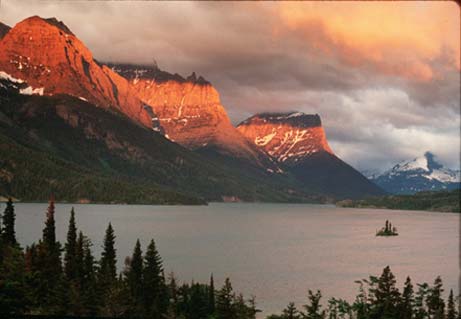Introduction
I know that many of you have heard the term global warming and have a general sense of what it is. But what is it really? How is it defined? Well there are several definitions depending on where you look, but for the purposes of this lesson we will focus on the definitions below:
"Global warming refers to an average increase in the Earth's temperature, which in turn causes changes in climate. A warmer Earth may lead to changes in rainfall patterns, a rise in sea level, and a wide range of impacts on plants, wildlife, and humans. When scientists talk about the issue of climate change, their concern is about global warming caused by human activities" (http://www.epa.gov/climatechange/kids/cc.html).
"The planet is heating up-and fast. Glaciers are melting, sea levels are rising, cloud forests are drying, and wildlife is scrambling to keep pace. It's becoming clear that humans have caused most of the past century's warming by releasing heat-trapping gases as we power our modern lives. Called greenhouse gases, their levels are higher now than in the last 650,000 years. We call the result global warming, but it is causing a set of changes to the Earth's climate, or long-term weather patterns, that varies from place to place. As the Earth spins each day, the new heat swirls with it, picking up moisture over the oceans, rising here, settling there. It's changing the rhythms of climate that all living things have come to rely upon" (http://green.nationalgeographic.com/environment/global-warming/gw-overview.html).


